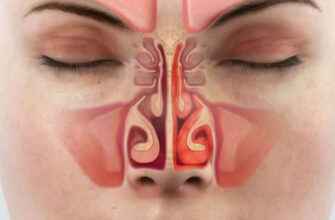Blood clotting is a natural process that helps to stop bleeding when you are injured. However, sometimes clots can form in the blood vessels without a specific injury or medical condition, leading to serious health issues. Blood clots can be fatal if they travel to your heart, lungs or brain, which is why it’s important to know the symptoms of blood clots.
What Are Blood Clots?
A blood clot is a thickened mass of blood that forms when blood cells and platelets stick together. This can happen in any blood vessel in your body and can be life-threatening.
What Causes Blood Clots?
There are many different factors that can cause blood clots, including genetics, medical conditions, lifestyle choices, and medications. Some of the most common causes of blood clots include smoking, obesity, high blood pressure, and diabetes.
Deep Vein Thrombosis
Deep vein thrombosis (DVT) is a condition where a blood clot forms in a vein deep in your body, usually in your leg. Symptoms of DVT include pain, swelling, and redness in the affected area.
Pulmonary Embolism
A pulmonary embolism is a blood clot that travels to your lungs. Symptoms of a pulmonary embolism include shortness of breath, chest pain, and coughing up blood.
Stroke
A stroke is a medical emergency that occurs when blood flow to the brain is interrupted. Blood clots are a common cause of strokes, and symptoms include sudden numbness or weakness on one side of the body, trouble speaking or understanding speech, and vision problems.
Heart Attack
A heart attack occurs when blood flow to the heart is blocked. Blood clots are a common cause of heart attacks, and symptoms include chest pain, shortness of breath, and sweating.
Superficial Thrombophlebitis
Superficial thrombophlebitis is a condition where a blood clot forms in a vein close to the surface of the skin. Symptoms include pain, redness, and swelling in the affected area.
Varicose Veins
Varicose veins are enlarged veins that are close to the surface of the skin. Blood clots can form in varicose veins, leading to symptoms such as pain and swelling.
Post-thrombotic Syndrome
Post-thrombotic syndrome is a condition that can occur after a blood clot in your leg. Symptoms include swelling, pain, and discoloration in the affected leg.
Peripheral Artery Disease
Peripheral artery disease is a condition where plaque builds up in the arteries that carry blood to your legs and arms. Blood clots can form in these arteries, leading to symptoms such as pain and cramping in the affected limb.
Blood Clotting Disorders
There are several medical conditions that can increase your risk of developing blood clots, including factor V Leiden, antiphospholipid syndrome, and protein C and protein S deficiency.
Conclusion
Blood clots can be serious and even life-threatening. If you experience any of the symptoms listed above, seek medical attention immediately. Understanding the symptoms of blood clots can help you recognize when you need medical attention and potentially save your life.











